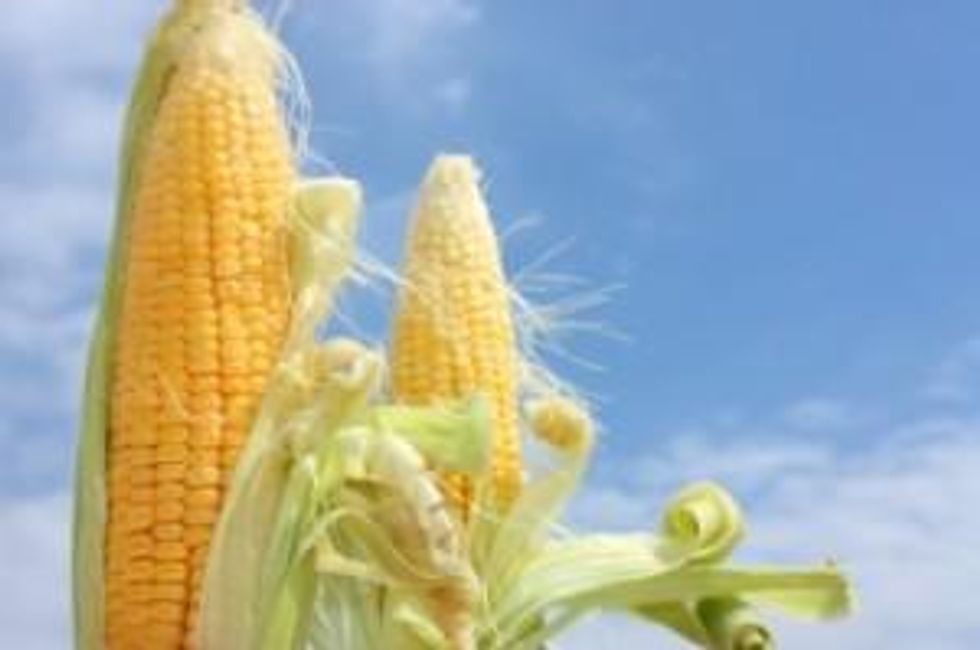Long-term Potash Prices Supported by Global Push for Food Security
The rapid expansion of the middle class in the developing world is hiking food demand, and by extension fertilizers needed to grow crops, which require mined commodities like potash and phosphate. Brazil and the African continent are seen as key demand catalysts.
The rising middle class is having a profound impact on global food demand. According to a US National Intelligence Council report on key global trends, the world’s middle class — much of which is in Asia — may double to 2 billion by 2030, increasing global food demand by 50 percent in the next two decades. Economic growth spurs the need for meat, poultry, grain-fed farmed fish, eggs and dairy products — and subsequently for fertilizer-dependent crops like corn, wheat and soybeans.
Many nations are unable to meet their domestic food demand and must look elsewhere. Brazil, one of the world’s largest agriculture-based economies, is on track to become the world’s go-to agricultural center. “From a food security standpoint, you are looking at regions that can grow lots of crops cost-effectively and have access to fertilizer,” Fadi Benjamin, mining analyst at Northern Securities, told Potash Investing News. “That’s why I like Brazil, which is an agricultural powerhouse.”
Robert Winslow, an analyst with National Bank Financial, agrees. “We believe Latin America, in particular Brazil, will be a critical piece of the food security puzzle in the years and decades ahead,” Winslow said in an interview. “Brazil has significant arable land and renewable freshwater growth potential that could help sustain global food needs in the decades ahead.”
According to the US International Trade Commission (USITC), the Latin American nation is quickly increasing domestic agricultural production to levels that satisfy domestic demand and create a surplus for global market supply.
It is Brazil that United States company Smithfield Foods, the world’s largest pork producer, has reportedly turned to for feed grains for its livestock during the ongoing major drought that has devastated nearly half of US corn and soybean crops. “The recent drought in the US highlights to agricultural commodity investors and buyers the importance of having supply from other farming regions to balance the geographical/weather risk,” said Benjamin.
Rising global demand for foodstuffs, including grain-intensive meat and dairy products, fruits, vegetables and specialty crops, will ultimately translate to rising global demand for fertilizers, including potash products such as muriate of potash (MOP) and sulphate of potash (SOP). “Increased global farming activity, concentrated agribusiness activity in some economies and unabated demand for food will drive MOP and SOP prices and demand,” Benjamin added.
Brazil is already the world’s third-largest potash consumer. The nation imports approximately 90 percent of its potash needs. While Brazil can potentially develop domestic potash supplies, it lacks the necessary infrastructure, meaning as it aggressively expands its agricultural capability it will continue to be a major factor in global potash demand.
Looking further down the road, the expansion of farming in many African nations is positioning the region to one day become an important global supplier of foodstuffs, say sector analysts. “We submit Africa too has the potential to provide the world with significant food resources,” said National Bank’s Winslow, “though political risk and infrastructure deficiencies are apt to delay that potential for many, many years.”
Currently, Africa uses around 400,000 tonnes of potash annually. However, rising agricultural activity on the continent over the next 10 years will translate into an absolute explosion in potash demand in the coming years, said Richard Kelertas, senior vice president of corporate development at Allana Potash (TSX:AAA,OTCQX:ALLRF), which is developing its Dallol potash project in Ethiopia. Allana has targeted production at Dallol for the second half of 2014, with a planned initial capacity of 1 million tonnes of MOP per year.
“Our estimation is that Africa is going to be using anywhere from 1 to 2 million tonnes of potash annually over the next five years and 4 to 6 million tonnes over the next 25 years. The region could be one of the biggest potash users outside of North America and Europe, perhaps even reaching the same level as India and China,” Kelertas told Potash Investing News.
First, the continent’s countries need to work on maintaining their own food security. According to the Economist Intelligence Unit’s new Global Food Security Index, the world’s five most food-poor countries are located in Africa; however, many of those “sub-Saharan African countries that finished in the bottom third of the index, including Mozambique, Ethiopia, Rwanda and Nigeria, will be among the world’s faster growing economies during the next two years,” the writers point out. “Although still poor in absolute terms, rising incomes suggest that these countries may be in a position to address food insecurity more forcefully in coming years.”
International agencies, several of the world’s most influential economies and many private companies are aiding initiatives aimed at helping African nations develop successful agricultural sectors in their own economies.
In 2012, in partnership with the UN Food and Agriculture Organization and the International Fund for Agricultural Development, the UN Industrial Development Organization launched the Accelerated Agribusiness and Agro-industries Development Initiative, now present in 12 African nations, to promote value addition to agricultural commodities.
Also this year, the G-8 announced the New Alliance for Food Security and Nutrition with the purpose of bringing 50 million people out of poverty over 10 years through agricultural reform via the partnership of Africa’s leaders, the G-8 countries and more than 50 companies in the private sector.
China recently agreed to provide a $20 billion credit line to African nations that will include helping with agricultural development as well as manufacturing and infrastructure. The Asian nation has already helped to build 20 agricultural technology demonstration centers across Africa and plans to build more.
Securities Disclosure: I, Melissa Pistilli, hold no direct investment interest in any company mentioned in this article.
